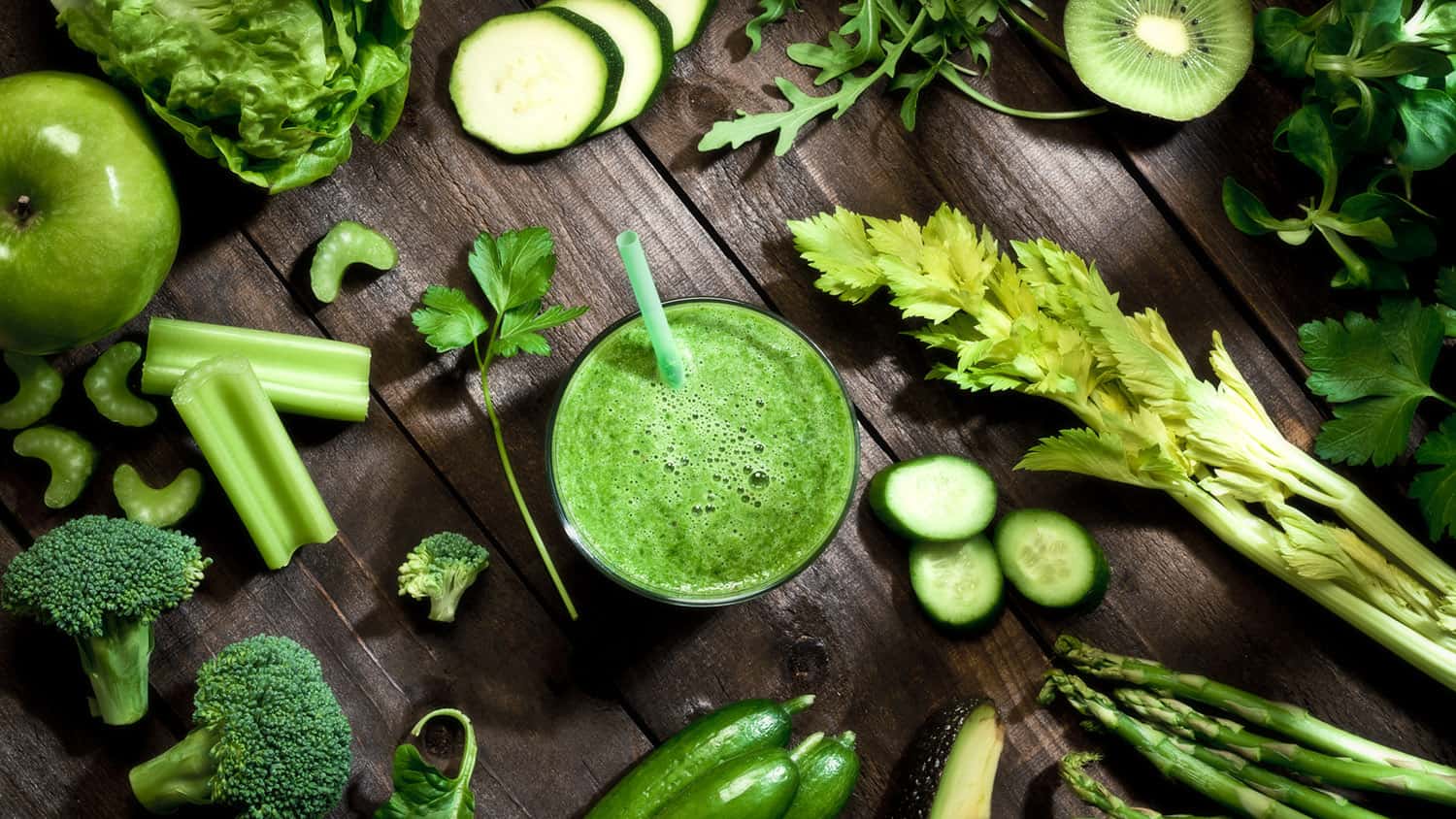
Don’t Let Inflation Keep You from Eating Healthily
Many of us are feeling the squeeze rampant inflation puts on food budgets. Those of us on fixed incomes may feel it more acutely than others.
To give you an idea of the pressures we are facing, food prices have spiked more than 13 percent over the past year. Some specific grocery items, such as sugar, fats, and oils, have seen increases of almost 17 percent.
These increases, according to the U.S. Bureau of Labor Statistics, are the largest since 1979. And estimates that food prices may increase another 10 percent over the next year make matters even more challenging.
Translating all this into dollars and cents, it means that if you live in a two-person household, a year ago you were probably spending around $600 a month for groceries. With inflation, you’re now most likely spending closer to $700 a month for the same shopping bag – this is a whopping $1,200 a year! Many boomers can’t just go out and make extra money. The only solution is to cut grocery and other costs to make ends meet.
What Do We Usually Save from?
The risk here, of course, is that some of us may start reducing our spending on things that could impact our health, such as buying less nutritious foods, skipping meals, rationing medications, and reducing energy use for heating.
These steps, unfortunately, can put our health in jeopardy by increasing the chances of falling into food insecurity (women are at greater risk for food insecurity than men), greater risk of not being able to effectively manage chronic disease, and suffering the effects of living in a cold home.
These cuts are already happening, with 75 percent of older Americans reporting that the rising costs of groceries are impacting them. And, according to the University of Michigan, almost 33 percent admit that inflation is forcing them to eat less nutritiously. What is truly concerning is that almost 4 percent of boomers say that they worry they could run out of food before they have the funds to purchase more.
The good news, however, is there are ways to help ensure we are eating nutritious foods even when money is tight. The first are changes we can make to how we shop for and prepare and serve food. The second is being more flexible and selective with the foods we purchase. Let’s look at each.
Make the Effort to Plan More Meals
Perhaps one of the most important things we can do is plan meals. We all have heard about how we should not go food shopping when we are hungry to minimize impulse purchases. But it’s equally important to know exactly what we are going to purchase before going to the store.
The easiest way to do this is to plan for a week’s worth of healthy meals with a focus on getting the nutrients your body needs. Then check to see what you already may have at home to prepare them and what you still need.
Last, make a list of the “need” and stick to it at the grocery store. Also consider checking out generic store brands (many of which are manufactured by the same companies that offer well-known brands) as well as comparison shopping among different grocery stores and big-box outlets.
As I’ve written here before, I also recommend cooking your meals at home which can save a bundle on restaurant bills. The added nutritional benefit of preparing your own meals is that you will know exactly what you are eating.
You can also make a little more than you need so you have some extra for future meals. One of my favorite things is to make a large pot of hearty chicken and vegetable soup and freeze it in meal-size containers which I can thaw when I am ready.
Depending on where you live, you could also try your hand at planting your own vegetable garden. In addition to saving money, you’ll get fresh produce along with a sense of accomplishment. You could also “food pool” with your neighbors to take advantage of bulk savings or host neighborhood “bring a dish” parties. In addition to saving money, these also will give you a chance to socialize, which is very important for our emotional health since many of us live alone.
If you are finding that you consistently have more “month than money” for your food budget, check with your local government and senior resources center to see what programs may be available in your area.
I know that where I live the senior centers all offer healthy lunches either for a modest fee or for a contribution. Also, don’t overlook government food assistance programs – research shows that most adults over 50 who qualify for these programs are not enrolled in them.
Be More Flexible in Your Food Choice
Unfortunately for our nutritional wellbeing, we tend to reduce the number of fresh fruits and vegetables we purchase – or we cut them entirely from our shopping lists – when money is tight since they tend to be more expensive than high calorie, processed, and nutritionally void foods.
This is especially true if we are accustomed to buying out-of-season fruits and vegetables. But with a little effort and substitutions, we can continue to eat healthy on a stricter budget.
Here are some lower cost fruits, grains and vegetables that are nutrient dense that you may want to consider:
- Onions
- Oranges
- Brown rice
- Cantaloupe
- Cabbage
- Butternut squash
- Oatmeal
- Bananas
- Beans (fresh and canned)
- Potatoes and yams
- Carrots
- Edamame (one of my favorites)
- Tomatoes (even canned)
- Spinach
- Kiwi
- Berries (fresh or frozen)
- Quinoa
I also suggest that you consider swapping some of your summer fruit and veggie favorites for their winter cousins (and I am not talking about pumpkin pies!). Doing so can not only help you save money, but also add some variety to your diet. These include:
- Parsnips
- Cranberries
- Rutabagas
- Broccoli
- Pumpkin
- Apples
- Kale
- Beetroots
- Brussels sprouts
- Cauliflower
- Turnips
- Pomegranates
- Avocados
- Collard greens
- Persimmons
- Fennel
- Radicchio
All of the above are packed with nutrients as well as flavor. They also tend to be easy to prepare and work as great substitutions for higher-priced items in your favorite recipes. With a little creativity, you may find yourself eating even more fruits and vegetables than before!
Let’s Have a Conversation:
How has inflation affected your ability to continue purchasing healthy foods and especially fresh fruits and vegetables? What have you been doing to help make ends meet with your food budget? Are there any foods you have cut out from your budget? If so, what have you replaced them with? What shopping hacks have you discovered that you would like to share? Please join the conversation.
Tags Healthy Eating







The problem we are having in my area is with product availability. I like to plan meals before going to the store, but it has turned into a time waster many times lately when the items needed are not available. Meat cases are often only half-filled, if that. Shelves have big empty spaces and fresh produce is entirely hit or miss. So I have had to adjust by keeping basics on hand and finding the best deal when I get to the store. Creative substituting in recipes is also a must!
We grow our own herbs & salad greens year round. Aerogardens are perfect for this. We also followed our cardiologists advice and eat much smaller portions of meat. When I purchase meat, I buy big bulk packages then rinse it while dividing pieces into packages of two. I use a sealer to pkg them and date the packages writing on the outside what it is. We also make our own fruit and vegetable juices a couple of times per month. We do our own baking and make muffins & scones heavy in fruits, nuts, and seeds. It takes more work to save money…but we’ve managed to do so while creating healthier meals.
I make a lot of muffins and breads because I am gluten free and I need to know what I am eating. It’s a great way to use up the bananas, berries and anything else you can shred up.
Hi, I very rarely get ready meals or order a takeaway as I like to know what I’m eating and I nearly always cook from scratch, usually enough for a couple of meals so that I can freeze what I don’t use.
I love fresh fruit and vegetables and am lucky in that I live in a rural part of England and can usually buy fruit and veg which is being sold, cheaper than the supermarket, from little road side kiosks.
To be honest with you I think it is a fallacy to say healthy food is more expensive than fast food etc but you do need to take the time to prepare and cook a lovely, nutritious meal and some folk either can’t or won’t do that.
In New Zealand junk food is so much cheaper than real food. Inflation of fruit and vegetables is impacting us all especially those who can only access supermarkets.
I have always done the above when shopping! I wanted a ham to bake then put into soup! Holy moly, $36 for what was a $6 ham! Passed on it. We’re eating burger for everything! Veggies? Yikes can’t afford so called fresh winter veggies either. It’s only going to get worse
Eating whole healthy foods also keeps us healthier, saving us money by spending less on medical care and products. Plus feeling better and enjoying life more!
Lauren Teton
founder of the #TwiftiesLifestyle, for the fun people born around 1956